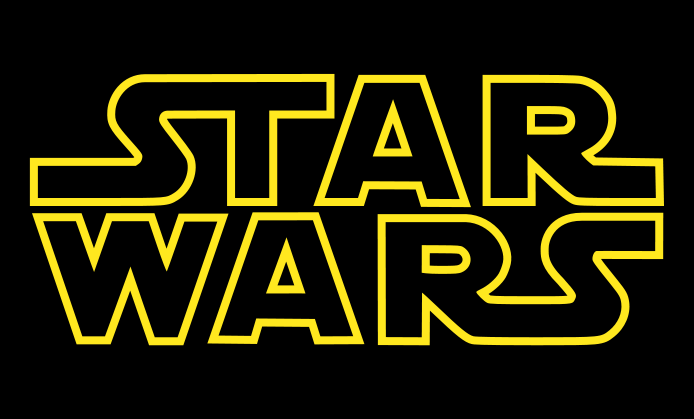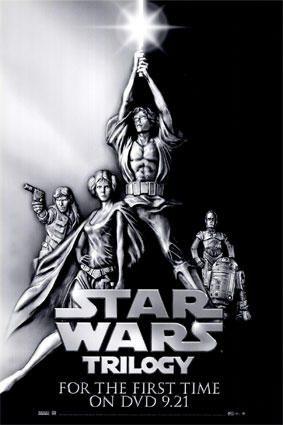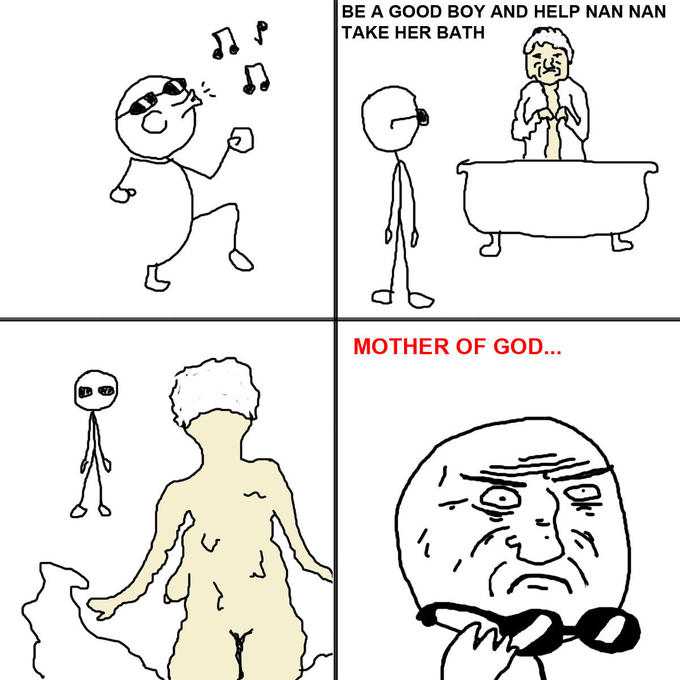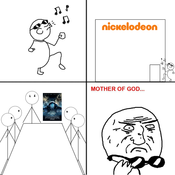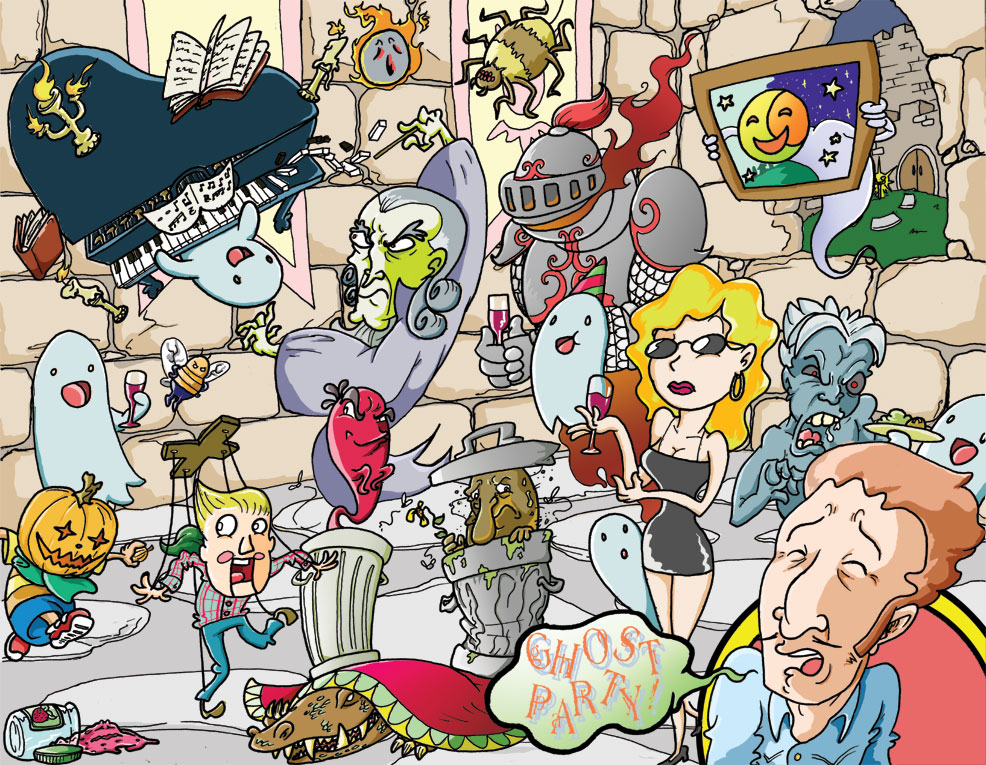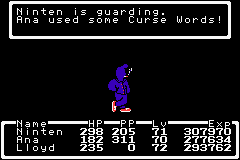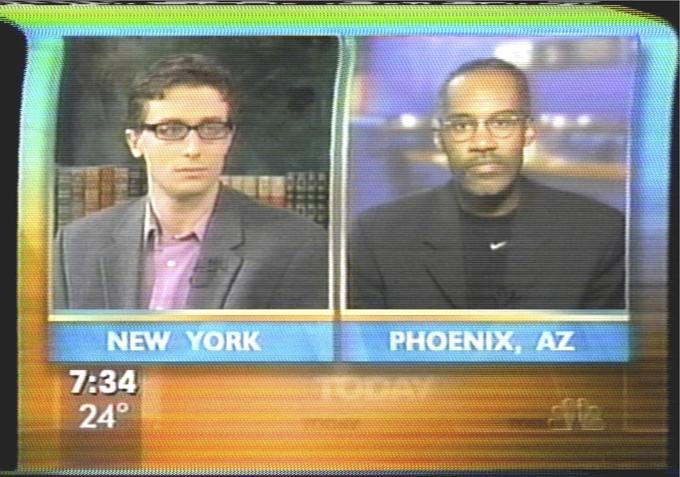![]()
About
Bernard “Bernie” Sanders (born September 8th, 1941) is an American politician who served as a member of the United States House of Representative from 1991 to 2007 and currently serves as the junior United States Senator since being elected to the office in 2007. After over two decades of public service as an independent legislator for the state of Vermont, Sanders rose to national prominence with the launch of his campaign for the Democratic Party’s nomination in the 2016 presidential election on May 26th, 2015. During his campaign, Sanders firmly established himself as a dark horse for the Democratic Party with primary and caucus victories in 22 states. In July 2016, Sanders officially endorsed his rival Hillary Clinton as the Democratic presidential candidate after she secured the number of delegates required for the party’s nomination.
History
Political Career
Bernie Sanders was motivated to enter politics at an early age because his father’s family was killed during the Holocaust. Sanders is the longest-serving independent in U.S. congressional history. A self-described democratic socialist, he caucuses with the Democratic Party. Sanders served as a congressman for 16 years before being elected to succeed the retiring Republican-turned-independent Jim Jeffords in the U.S. Senate in 2006. In 2012, he was reelected by a large margin, capturing almost 71% of the popular vote.
2016 U.S. Presidential Campaign
Sanders announced his intentions to seek the Democratic Party’s nomination for President on April 30th, 2015. Unlike other presidential candidates, Sanders did not pursue funding through a Super PAC, instead focusing on small individual donations. He would be the first non-millionaire president since Harry Truman from 1945. Notably, much of his support comes from online, where so far he has received $15,000,000 in donations in his first quarter as a candidate as of July 2nd, 2015. On September 30th, 2015, Bernie Sanders stated his goal of 1,000,000 individual online contributions had been met and later that day it was revealed he had raised an additional $24,000,000 in donations in this third quarter as candidate, well surpassing Obama’s pace at this time in 2008. The individual online contributions have doubled to 2,000,000 with 800,000 of the donors donating a second or third time as of December 17th, 2015. This amount increased to 3,000,000 individual online contributions as of January 30th, 2016.
Endorsement of Hillary Clinton
On July 11th, 2016, the Sanders and Clinton campaigns announced that the pair would be joining each other at a campaign event in Portsmouth, New Hampshire the following day. On July 12th, Sanders and Clinton appeared together at the Portsmouth High School, where Sanders officially conceded the presidential race to Clinton and endorsed her for the next President of the United States (shown below).
That day, several threads about the event reached the front page of the /r/politics, /r/The_Donald, /r/SandersForPresident and /r/PoliticalDiscussion subreddits. Meanwhile, Donald Trump posted a series of tweets condemning the endorsement and urging Sanders supporters to join his campaign (shown below).
![]()
Also on July 12th, Green Party presidential candidate Jill Stein released a statement about the endorsement, where she condemned Clinton’s voting record and urged Sanders supporters to throw their support behind the Green Party.
“I join millions of Americans who see Hillary Clinton’s campaign as the opposite of what they and Bernie Sanders have fought for. Despite her penchant for flip flopping rhetoric, Hillary Clinton has spent decades consistently serving the causes of Wall Street, war and the Walmart economy.”
On Twitter, critics of the endorsement expressed their disapproval in tweets using the hashtags #SelloutSanders, claiming that Sanders had compromised his integrity by supporting his former rival (shown below).
![]()
Bernie Campaign Election Response
Following the election of Donald Trump, Bernie Sanders’ campaign was asked for comment. A tweet by @freddoso claimed that per a CNN source, the Sanders campaign said “We have nothing polite to say right now.”
The tweet caused speculation that Bernie may have been referring to the results of the Democratic Primary, during which he consistently polled far better than Hillary Clinton in head-to-head matchups with Trump. The idea was a major topic of conversation on Twitter the next day, and The Independent published an article claiming Bernie would have won the election had he been the nominee.
Online Presence
The Sanders campaign maintains an official website, berniesanders.com, where supporters can contribute, learn about campaign events, and “join the revolution.” As of February 1st, 2016 the campaign’s Bernie Sanders profile on Facebook has 2,540,000 likes, the U.S. Senator Bernie Sanders profile on Facebook has 2,950,000 likes, the SenSanders account on Twitter has 1,305,000 followers, the BernieSanders account on Twitter has 1,264,000 followers, and the berniesanders profile on Instagram has 656,000 followers. The Bernie Sanders channel on Youtube has had notable success, gaining 91,000 subscribers and his five most popular videos all having over 250,000 views as of February 1st, 2016.
On March 12th, 2014, Bernie Sanders posted a video on his youtube channel titled “Health Care: U.S. vs. Canada,” in which he and others debated the health care systems of the United States and Canada (shown below). This video garnered 1,383,000 views with 5,900 likes and 181 dislikes as of February 1st, 2016. It is the 9th most viewed result under the youtube search ‘Bernie Sanders’ as of February 1st, 2016.
On August 17th, 2015, the All In with Chris Hayes account on Facebook posted a video titled "Bernie Sanders: “Let me tell you something that no other candidate for president will tell you”" in which Bernie Sanders states (paraphrased) no matter who is elected, due to the power of Wall Street, corporations, and campaign donors, that person will not be able to address the enormous problems facing working families within the United States (shown below). As of August 19th, 2015, the video has 5,000,000 views with 62,000 likes and 91,000 shares.
On October 13th, 2015, the Occupy Democrats account on Facebook posted a video titled “Bernie Sanders Explains Why He Should Be President” in which Bernie Sanders delivers his introduction in the first debate of the 2016 Democratic Presidential Primary in the Wynn hotel-casino in Las Vegas (shown below). The video quickly vent viral and has 10.8 million views with 160,000 likes and 234,000 shares as of October 15th, 2015.
WATCH: Bernie Sanders' epic intro at the Democratic debate where he explains why he should be President.Video by Occupy Democrats, LIKE our page for more!
Posted by Occupy Democrats on Tuesday, October 13, 2015
Reddit
Even though Bernie Sanders early in the election had not been covered as strongly in the news as other candidates like Hilary Clinton, the popular online site Reddit was continuously showing a large amount of commentary and support for him. As of February 1st, 2016, the top 420 results for ‘Bernie Sanders’ on Reddit all have 2,000 upvotes, the top 25 results have 6,000 upvotes, and the top result has 12,000 upvotes. Notably, all the top 420 results for Bernie Sanders on Reddit are overwhelmingly supportive of him and his policies. The top 2 most commented results for the search ‘Bernie Sanders’ both have 20,000 comments and the top 5 each have 10,000 comments as of December 18th, 2015. In addition, the Bernie Sanders subreddit, /r/sandersforpresident, has 164,000 readers as of February 1st, 2015. Reddit was reported to have raised $750,000 for Bernie Sanders’s Campaign as of January 10th, 2016. That amount has since increased to $1,000,000 as of January 26th, 2016.
![]()
![]()
On May 19th, 2015, Bernie Sanders participated in an AMA on Reddit on the subreddit /r/IAmA under the account name bernie-sanders. Bernie Sanders had overwhelmingly positive reception, receiving 54,000 upvotes on his IAmA comments alone. There were 7,300 upvotes and 13,000 comments on his IAmA link as of February 1st, 2016.
![]()
On September 14th, the official Bernie Sanders Reddit account bernie-sanders posted to /r/SandersForPresident “Let’s talk about one issue that won’t get a lot of discussion in the media: income and wealth inequality. Reddit, I would very much appreciate your help in getting this video out to your friends and family, especially the Republican ones. -B,” which linked to a video posted by the Bernie Sanders Facebook account titled “Bernie Sanders: In-Depth Explanation of Income Inequality” (shown below). The Reddit post has garnered 5,300 upvotes and the video has garnered 6,080,000 views as of February 1st, 2016.
Bernie Sanders’ Dank Meme Stash
Bernie Sanders’ Dank Meme Stash is a Facebook group page devoted to creating and distributing memes, generally image macros and exploitables in support of Bernie Sanders during his campaign for the nomination during the 2016 Democratic Presidential Primary. The group is well-known for producing memes about Sanders at a high rate of mutation.
Facebook Groups Removal Controversy
On April 25th, 2016, several Bernie Sanders-related Facebook groups were purportedly removed from Facebook after being flooded with sexually explicit content, including Bernie Sanders For President 2016, Bernie Sanders 2016 – Ideas Welcome, Bernie Sanders Activists, Bernie Believers and Bernie Sanders is my Hero. That day, Redditor jbher315 submitted a post about the removals to the /r/SandersForPresident subreddit, where it received upwards of 9,300 votes (75% upvoted) and 1,900 comments in 48 hours. In the comments section, Redditor BernieTron2000 speculated that the pages were removed due to “Hillary trolls mass-reporting” to take down the pages temporarily. Meanwhile, Facebook user Bee Jay submitted several screenshots to the Bernie Sanders for President 2016 Facebook group, which appeared to show a Facebook user bragging about reporting the Bernie Sanders Activists group for “containing a credible threat of violence” (shown below).
![]()
Also on April 25th, the Internet news site Heavy published an article about the controversy, which reported that members of the Facebook group Bros4Hillary were behind attacks aimed at inundating Bernie Sanders Facebook pages with false complaints and explicit content. Additionally, the article included a statement by Bros4Hillary Political Director Alex Mohajer, who disavowed any connection to the Facebook page raids. Additionally, Mohajer claimed the Facebook user connected to the harassment had been removed from the Bros4Hillary group.
“Bros4Hillary was created as a way to provide a positive and supportive community for supporters of Hillary Clinton to gather, and as a direct response to the hateful and divisive rhetoric used by other campaigns during this election cycle,” he said. “We have not and do not approve of or condone harmful or offensive rhetoric or harassing behavior targeting supporters of any other candidate in the race…”
By the end of the day, all the Facebook groups had been reinstated. The following day, the Sanders campaign Social Media Manager Aiden King responded to concerns about the closing, claiming that the pages may have been temporarily shut down due to a Facebook bug. Also on April 26th, Snopes published an article about the Facebook group controversy.
Support
Berniebros
“Berniebro” is a pejorative term referring to fanatical male supporters of 2016 Democratic Presidential Primary candidate Bernie Sanders who supposedly oppose his rival candidate Hillary Clinton based on sexist cultural biases. Since its coinage in late 2015, many Clinton supporters have asserted that the term accurately underscores the basis of Sanders’ affinity with young male Democrats, while others have dismissed it as a straw man argument or smear tactic aimed at detracting criticisms surrounding Clinton’s campaign platform.
Rally Turnouts
Numerous news outlets and Reddit have reported Bernie Sanders drawing significantly large crowds for his rallies. “I am surprised by the size of the crowds. In Keene, New Hampshire, on Saturday, we had close to a thousand people,” Sanders told reporters on June 11th, 2015, at a Christian Science Monitor breakfast in Washington, D.C. These numbers were however dwarfed by another rally he had on June 21st, 2015, in the University of Denver, which had at least 5,500 Coloradans listening to him speak inside the gymnasium. Another rally Bernie Sanders had on July 19th, 2015, drew another larger amount of supporters, having over 11,000 people listening to him speak in downtown Pheonix, Arizona. On August 8th, 2015, Bernie Sanders hosted a rally which gained over 15,000 people, after having been blocked from speaking at Westlake Center due to #BlackLivesMatter protestors disrupting him. A day later on August 9th, 2015, nearly double this number appeared at a Portland rally, with over 19,000 people inside the Moda Center and over 9,000 people outside it. On September 3rd, 2015, people filled the 26,000 person capacity inside the Boston Convention Center for a Bernie Sanders Boston rally, with a large quantity of people also outside the center. On March 21st, 2016, Bernie Sanders hosted 3 rallies across Washington which attracted a combined total of over 30,000 people.
![]()
Deez Nuts’ Endorsement
On August 23rd, 2015, the presidential candidate Deez Nuts (aka Brady Olson) endorsed Bernie Sanders. Brady Olson posted on Facebook “just gonna throw this out there now. This is not for the general election. My endorsement for the Democratic nomination goes to Vermont senator Bernie Sanders.” In an interview with the Rolling Stone, Deez Nuts wrote that he didn’t want to “see Clinton, Bush, or Trump in the White House, so I guess I’m just trying to put up a fight.”
Reputation
Bernie Sanders has established a reputation for having highly progressive views and being consistent with his voting and political views throughout his lifetime. He is notably far left and has gained a reputation for garnering large crowds at his rallies.
Progressivism
Since his election to the Senate, Sanders has emerged as a leading progressive voice on issues like income inequality, climate change, and campaign finance reform. He rose to national prominence on the heels of his 2010 filibuster of the proposed extension of the Bush-era tax rates for the wealthy. Sanders is also outspoken on civil liberties issues, and has been particularly critical of mass surveillance policies such as the Patriot Act.
Criticism
Bernie Sanders has faced two primary criticisms: his appeal to African Americans, and for his stance on gun control -the latter criticism often pointed out by Hillary Clinton. Sanders had blamed some of his issues with minority voters on the fact that he represents a state, Vermont, that is 95% white, and had planned to begin campaigning in the American South with an event in Charleston, South Caroline on the day after the 2015 Charleston Church Shootings, which he was forced to cancel due to the violence. He has a D-minus voting rating by the NRA and often points this out when defending from attacks on his moderate gun control stance.
Black Lives Matter Protests
Activists aligned with the Black Lives Matter movement have disrupted multiple Bernie Sanders rallies. On August 8th, 2015, Bernie Sanders was supposed to give a speech, but was blocked by Black Lives Matter protesters in a fashion similar to the Black Lives Matter disruption he dealt with three weeks prior (shown below). Conspirists on Reddit have claimed Billionaire George Soros is influencing this behavior by giving millions of dollars to the Black Lives Matter movement while simultaneously being a Hillary Clinton supporter. A likely motivation for this would be the fact Bernie Sanders has vocally opposed financial influence in politics for decades.
Related Memes
Barnie Sandlers
@BarnieSandlers, a Twitter parody account of Bernie Sanders, posts a series of political advertisement parodies featuring fake quotes attributed to Bernie Sanders. The first example of the modern template used for “Barnie Sandlers” Quotes was posted via Bernie Sander’s official Twitter account on May 20th, 2015 (shown below).
![]()
The image has been frequently exploited for parodies online, especially on the @BarnieSandlers account on Twitter which has about 150 followers as of July 29th, 2015, and on the Barnie Sandlers profile on Facebook which has over 9,000 likes as of July 29th, 2015. The “Barnie Sandlers” quotes typically contain the words “dank” or “meme” or have a reference to weed. Oftentimes, the image used in the background is replaced with an image of Bernie Sanders having obnoxious hair or have memetic items photoshopped onto him. The name “Barnie Sandlers” is likely a pun made from combining the name Bernie Sanders with the names Barney (the Purple dinosaur) and Adam Sandler.
![]()
![]()
![]()
![]()
Feel The Bern
Feel The Bern is a heavily spread phrase and chant of Bernie Sanders supporters. The phrase’s origin is presently unknown but has strong roots in Reddit. This phrase has been heavily applied by the Bernie Sanders campaign for marketing purposes. The twitter hashtag #feelthebern has received a massive amount of retweets. An alternate hashtag, #feelthebarn, was inspired by the Barnie Sandlers meme. Numerous news outlets have been reporting on various important people and states feeling the bern. A notorious example of the phrase was displayed by Bernie Sanders himself on Stephen Colbert’s The Late Show, where Bernie Sanders briefly spoke about a ‘Feel the Bern’ mug. Another reference was made to the phrase when Bernie Sanders was shown dancing onto the stage of The Ellen DeGeneres Show to the song ‘Disco Inferno’ to the lyrics ‘burn baby burn’. His dancing from that appearance has since spread on the internet for being funny and cringe-worthy.
![]()
Bernie Sanders’ Hair
While discussion of his policy stances in the mainstream media has been comparably sparse, there have been several news media mentions of Senator Sanders’ hair, which often becomes unkempt during campaign events. On April 29th, 2015, the day before Sanders’ official campaign announcement, the Washington Post published an article titled “Great Moments in Bernie Sanders’ hair”, featuring photographs of his hair waving about accompanied by humorous captions. On May 15th, 2015, New York Magazine collected media quotes about the Senator’s hair, saying that the press had been obsessed with his physical appearance in a way that wasn’t present for any other candidate. On August 17th, 2015, Bernie Sanders berated a reporter for asking about his hair, stating “O.K., Ana, I don’t mean to be rude here. I am running for president of the United States on serious issues, okay? Do you have serious questions?”
![]()
![]()
#BernieSoBlack
#BernieSoBlack is a satirical hashtag created by social progressives in response to Bernie Sanders’ perceived excessive focus on economic issues to the detriment of social issues. It was created by Roderick Morrow, a podcaster and comedian, after an altercation between Sanders and #BlackLivesMatter protesters at a Netroots Nation conference (a convention for left-leaning political activists). Sanders’s supporters promptly defended his record on social issues online, pointing out in particular that he participated in the 1960s Civil Rights Movement. In an interview with Vox, Morrow explained the reasoning behind his creation of the hashtag.
Whenever he’s asked a question, he goes into a spiel on economics -- which is fine, obviously, people do want wage and class equality. But certain issues are race issues, and they do need to be talked about, at least from a candidate that I would like to vote for. […] And it seems like any time black people bring this up on Twitter, there’s all these people who, I don’t know, they’re just sitting around searching his name on Twitter or something, they just come and get in your mentions and start harassing you, they start saying the same things over and over to you, like, “He marched with Dr. Martin Luther King” […] I’m not denigrating that work, but it’s almost as if they’re trying to say, “You shouldn’t expect him to continue this” or, “Because he’s done stuff in the past, you shouldn’t question him now.”
The hashtag quickly began trending, spawning several notable examples.
#DamnEmails
During the first debate for the 2016 Democratic Presidential Primary held on October 13th, 2015, Sanders addressed Hillary Clinton to comment on a political scandal regarding sensitive government emails sent via her personal email account, saying “the American people are sick and tired of hearing about your damn emails” (shown below).
Immediately after, Twitter users began tweeting about the statement along with the hashtag “#DamnEmails,” gathering upwards of 1,800 mentions in the first 24 hours according to Topsy. Additionally, the @damnemails Twitter feed was launched, featuring tweets about the debate exchange. In the coming days, several news sites published articles about the online reaction to Sanders comment, including Wired, Yahoo and NY Daily News.
![]()
![]()
![]()
![]()
Bernie or Hillary?
Bernie or Hillary? refers to a series of fake campaign posters supporting Bernie Sanders in the 2016 Democratic Presidential Primary against Hillary Clinton in which Sanders is depicted as being more knowledgable than Clinton on a series of popular but apolitical topics.
![]()
“Bernie Sandwiches” and “Bernie Sandals”
Following Sanders’ victory in the New Hampshire Democratic primary on February 9th, 2016, he was mistakenly referred to as “Bernie Sandwiches” by MSNBC news anchor Chris Hayes and “Bernie Sandals” by Fox News anchor Megyn Kelly. Immediately after, the Mashable News Vine feed posted clips of the gaffes (shown below).
That evening, Twitter user @jennychawla_ posted a photoshopped picture of a pair of sandals with a Sanders campaign promotional image printed on the top (shown below, left). Meanwhile, other Twitter users posted photoshops and jokes about Bernie Sanders sandwhiches (shown below, right). In the coming days, several news sites reported on the online reactions to the gaffes, including The Daily Dot, UpRoxx and NPR.
![]()
![]()
Birdie Sanders
Birdie Sanders is the nickname given to a bird that flew onto the podium in front of the Democratic presidential candidate Bernie Sanders during his speech at a campaign rally in Portland, Oregon in late March 2016.
![]()
#BernieMadeMeWhite
#BernieMadeMeWhite is a hashtag used to joke about the media’s representation of Bernie Sanders supporters as Caucasian during the 2016 Democratic Presidential Primary. The hashtag became popular after media reports of Sanders victories depicted diverse states, including Hawaii, as being “white and rural.”
Bernie Sanders Glowsticks Hoax
Bernie Sanders Glowsticks is a viral hoax image aimed at tricking supporters of the 2016 Democratic presidential primary candidate Bernie Sanders into making chlorine bombs by providing false instructions for making homemade luminescent light sticks.
![]()
#BernieLostMe
#BernieLostMe is a hashtag used by supporters of the Democratic presidential candidate Hillary Clinton to share their reasons as to why the rival candidate Bernie Sanders is the less suitable nominee for the Democratic National Convention, which began trending after Sanders refused to denounce some of his supporters who behaved violently at the Nevada Democratic Convention in May 2016.
Search Interest
External References




















































